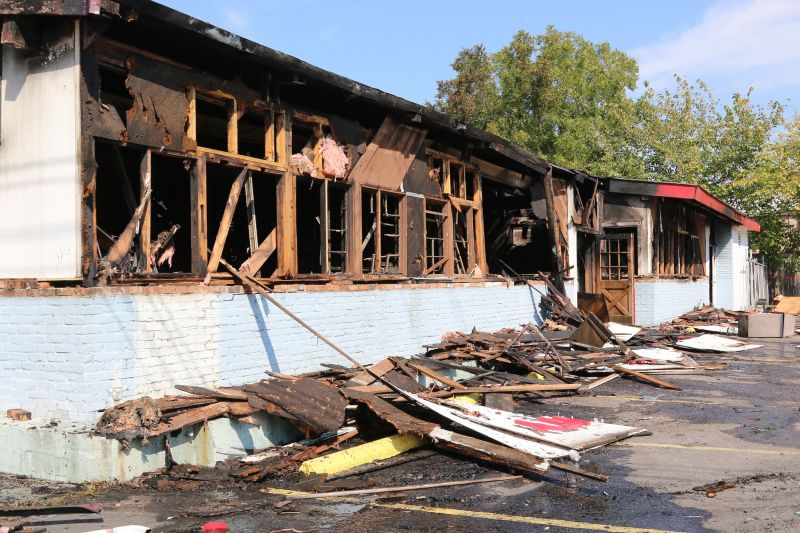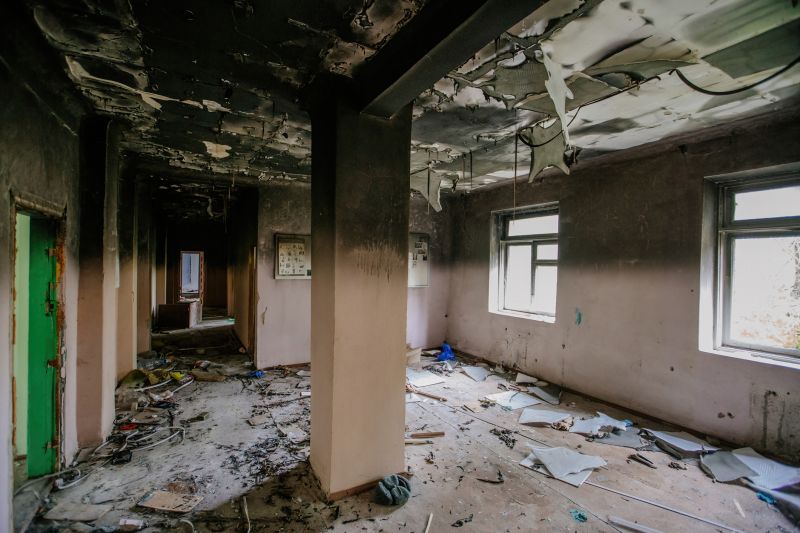Optimal Timing for Fire Restoration
Fire restorations are most effectively performed during specific times of the year to ensure optimal results and safety. The ideal period often depends on weather conditions, accessibility, and local climate patterns. Typically, late spring through early fall offers the most favorable conditions for fire damage repairs, as milder temperatures and lower humidity levels facilitate drying and restoration processes.
Restoration projects are best scheduled during seasons with moderate weather to prevent delays caused by extreme cold or heat.
Dry and stable weather conditions help reduce the risk of mold growth and further damage during restoration.
Clear roads and accessible work sites during warmer months can streamline restoration efforts.
Insurance claims and approvals may be processed more efficiently during certain times of the year.

Technicians assess and restore fire-damaged structures efficiently during optimal weather conditions.

Advanced equipment is employed to expedite drying and cleanup during suitable seasons.

Restoration results showcase the effectiveness of timely interventions.

Ways to make Fire Restorations work in tight or awkward layouts.

Popular materials for Fire Restorations and why they hold up over time.

Simple add-ons that improve Fire Restorations without blowing the budget.
| Season | Advantages |
|---|---|
| Spring | Mild weather, good for drying and structural repairs. |
| Summer | Longer days, better access, and efficient drying. |
| Fall | Stable weather, less humidity, ideal for finishing projects. |
| Winter | Less common due to cold, but possible with proper planning. |
Fire restorations involve comprehensive processes that include debris removal, structural repairs, smoke odor neutralization, and mold prevention. The timing of these activities can significantly influence the quality and longevity of the restoration. Proper planning ensures that the restoration is completed efficiently, reducing the risk of secondary damages and facilitating quicker occupancy or use of the property.

Skilled technicians perform detailed fire damage repairs in suitable weather conditions.

Initial evaluations are crucial for planning effective restoration schedules.

Specialized tools and machines are used to restore properties efficiently.

Results demonstrate the importance of timely intervention.
Understanding the optimal timing for fire restorations can help property owners plan effectively to minimize disruption and costs. Engaging professionals during the most suitable seasons can enhance the quality of work and ensure compliance with safety standards. Proper scheduling also allows for thorough drying, cleaning, and structural repairs, which are critical for long-term safety and stability.
Contact for Fire Restoration Services
Interested in fire restoration services? Fill out the contact form to receive more information and assistance tailored to specific needs.

